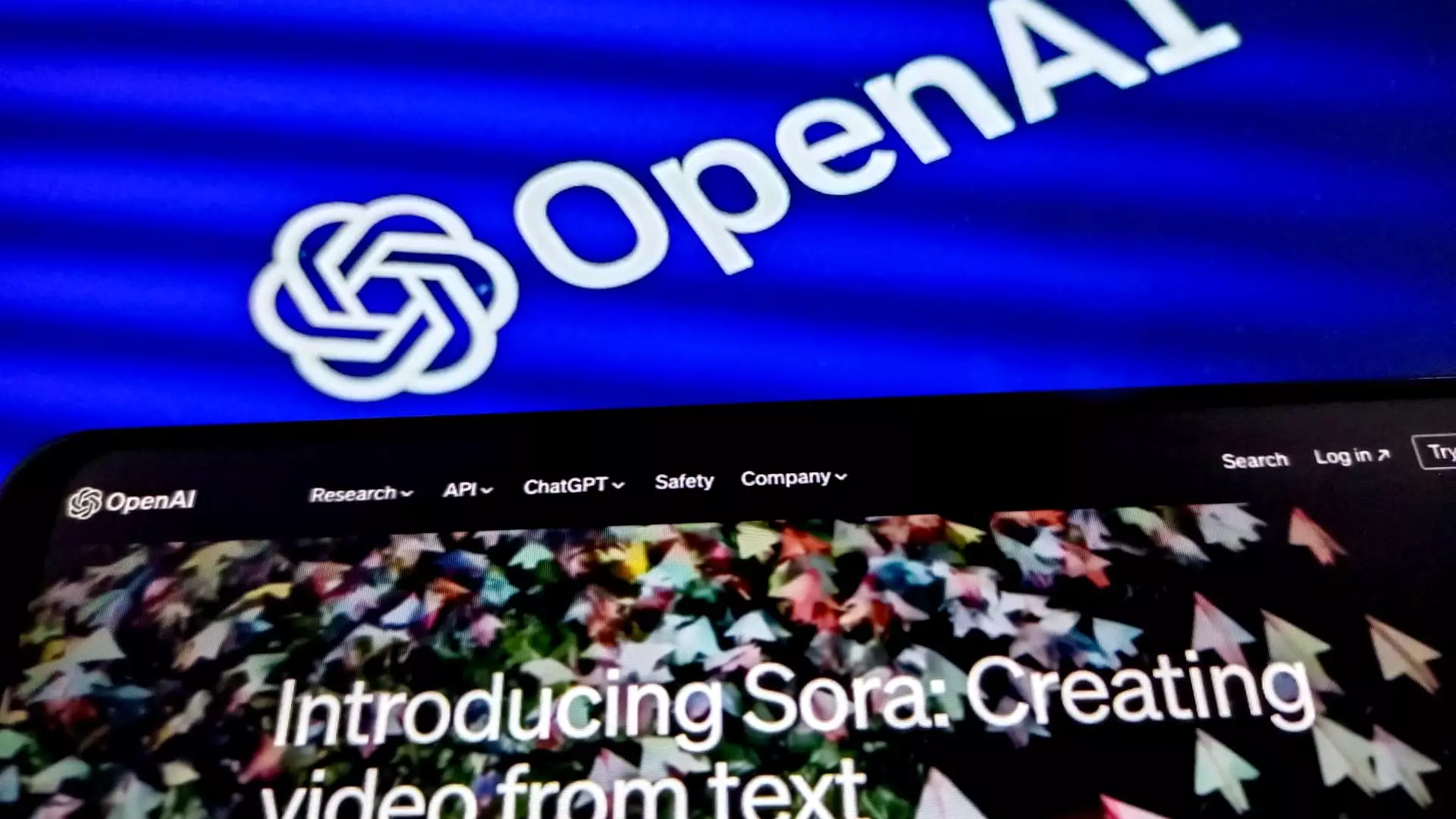Artificial Intelligence (AI) continues to capture the interest of investors and technology enthusiasts alike, and OpenAI has firmly placed itself at the forefront of this transformative field. However, recent leadership changes at the organization have prompted questions regarding its stability and future direction. OpenAI’s CFO, Sarah Friar, has addressed these concerns in a recent communication, assuring stakeholders of the firm’s resilience and promising new funding opportunities despite the recent departures of key executives.
In the wake of the resignation of Chief Technology Officer Mira Murati, alongside the departures of prominent research leaders Bob McGrew and Barret Zoph, Friar took to email to quell investor fears. Acknowledging the distress that often accompanies such significant transitions in leadership, her message reassured stakeholders of the company’s foundational strength and capability to innovate. She emphasized the accomplishments of Murati and affirmed that OpenAI has a robust leadership team prepared to maintain its competitive edge in an increasingly dynamic market.
The context of Murati’s exit is particularly interesting. Having served at OpenAI for over six years, her role was crucial during key transitional periods—most notably her brief tenure as interim CEO following the board’s unexpected dismissal of Sam Altman. Murati’s return to the CTO role signified stability, and her departure now underscores the shifting landscape within the company. While Murati’s exit marks the loss of seasoned talent, it highlights a broader trend of significant personnel changes that have been impacting OpenAI in recent months.
Despite these departures, the company remains buoyant due to an impending funding round projected to raise $6.5 billion, with a valuation aimed at approximately $150 billion. Investors can find solace in the fact that the round, led by Thrive Capital, has reportedly been oversubscribed—a strong indicator of confidence in OpenAI’s continuing significance in the AI sphere. This funding, set to close imminently, signifies a robust vote of confidence from the financial community, emphasizing that despite talent loss, OpenAI’s prospective growth trajectory remains intact.
Moreover, Friar’s mention of upcoming investor calls to introduces key research and product leaders highlights a strategy focused on maintaining trust and transparency during uncertain periods. It’s this communal approach that may cultivate long-term relationships with investors who can provide both capital and strategic guidance as OpenAI looks to expand its influence.
The challenges posed by the recent executive exits are formidable, but Friar and her leadership team are maintaining momentum by emphasizing innovation and resilience. With new appointments such as Mark Chen stepping into a senior leadership role in research, OpenAI demonstrates its commitment to building a team capable of “pushing the boundaries of innovation.” This proactive approach signals to investors that leadership transitions do not equate to halting progression; rather, they present opportunities to reinvigorate the organization.
Moreover, the strategic partnerships OpenAI has formed—most notably with tech giants like Microsoft and Apple—underscore its intent to integrate its AI technologies further into mainstream consumer products. As AI continues to penetrate various sectors, these alliances are crucial not only for expanding OpenAI’s footprint but also for generating sustainable revenue.
Ultimately, how OpenAI navigates this turbulent period is pivotal not just for its internal health but for its impact on the broader AI landscape. While the talent departures may raise eyebrows and evoke concern amongst investors, Friar’s grounded communication and the injurious funding environment present a narrative of opportunity rather than despair.
The formalization of new leadership roles and the ongoing funding efforts highlight a company refocused and ready to channel it energy towards sustainable growth. For investors and stakeholders alike, OpenAI’s continued commitment to excellence in AI applications, fueled by strategic imperatives and proactive management practices, holds promise for a successful future even amidst turbulence. The road ahead may be complex, but with vision and determination, OpenAI appears prepared to chart its path forward with vigor and ambition.

